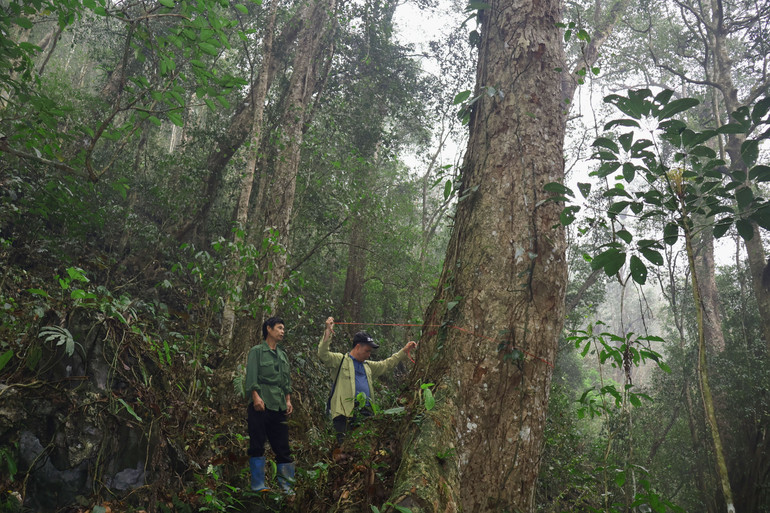
With an area of over 15,000 hectares, Kim Hy (Na Ri) is the largest special-use forest in Bac Kan province. This place still retains a large area of primeval forest with many precious tree species such as nghien, trai, dinh... and rare wild animals such as white-cheeked langur, turtle, squirrel, palm civet... and many precious medicinal plants.
However, the lives of people in the core and buffer zones of the reserve are still facing many difficulties. Previously, many households relied on the forest for their livelihoods, from cutting trees, slash-and-burn farming to hunting wild animals. However, since 2021, when the forest protection contract policy was widely implemented, this situation has significantly decreased. Recently, Decree No. 58/2024/ND-CP of the Government increased the support level to VND 500,000/ha/year and VND 50 million/village/year, helping people feel secure in their work and no longer have to make a living by encroaching on the forest.
Mr. Dang Van Hai, Director of the Kim Hy Nature Reserve Management Board, said: “Every year, we coordinate propaganda and sign contracts with the villages. If deforestation occurs, the village will not receive support money. In 2024, 38/41 villages received it, 03 villages violated the law and had it cut off.” According to Mr. Hai, although the support level is not large, the meaning is very clear, the forest is now no longer an ownerless property, but a common responsibility of the community.
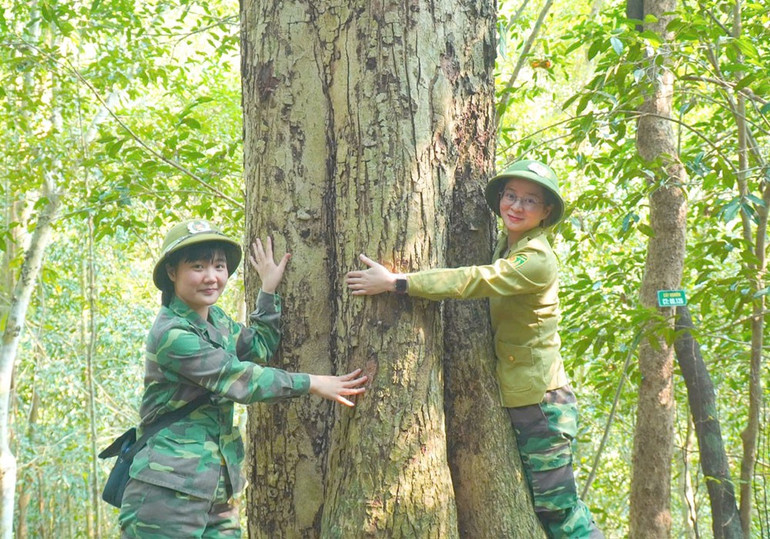
As the province with the highest forest coverage rate in the country, reaching more than 73%, Bac Kan is taking the lead in implementing forest protection and development. From 2021 to present, the province has allocated more than 138,000 hectares of forest to more than 12,800 households and 744 village and hamlet communities. In parallel with protecting natural forests, Bac Kan promotes the development of production forests, encouraging people to plant large timber forests such as fat, acacia, cinnamon, combined with planting medicinal plants under the forest canopy such as cardamom, fritillary, moneywort, purple velvet antler, etc.
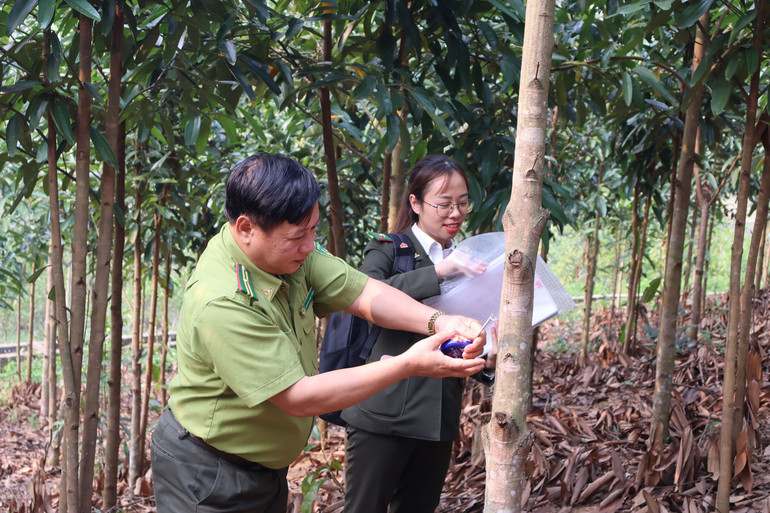
In the photo: Na Ri district forest rangers measure the diameter of a cinnamon tree.
The province currently has more than 86,000 hectares of planted forests and more than 46,000 hectares under development. The once bare hills are now covered with cinnamon, acacia, and tallow forests. Under the forest canopy, people cultivate valuable medicinal plants, creating more livelihoods, protecting the land, and conserving water.
Despite many positive results, forest protection still faces many difficulties. In some places, deforestation, land encroachment, and illegal logging still occur. On the other hand, accessing the wood export market is still hindered because many forest plantation areas have not met FSC certification standards for sustainable forest management.
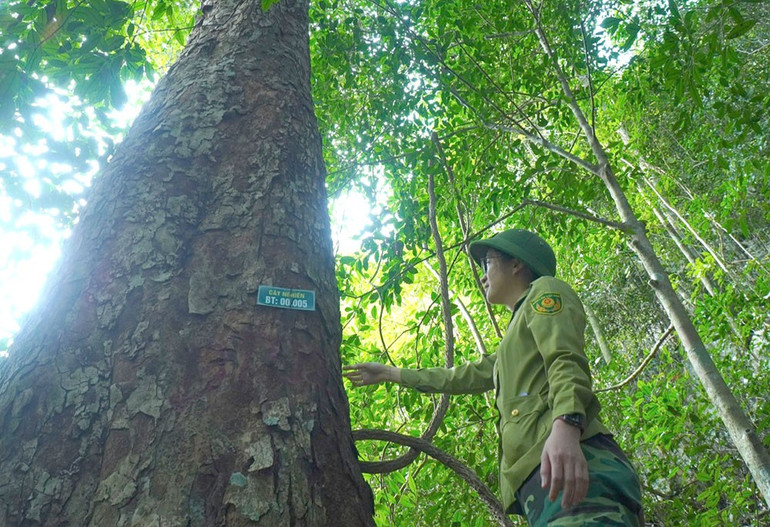
Mr. Nguyen My Hai, Deputy Director of the provincial Department of Agriculture and Environment, said: “The sector will continue to direct the forest rangers to coordinate with localities to strengthen forest management and protection, especially natural forests. In addition, we will promote support for planting large timber forests, developing medicinal plants under the forest canopy, attracting businesses to invest in forestry and promoting FSC certification to increase the value of planted forests”./.
Source: https://baobackan.vn/bac-kan-phat-trien-rung-gan-voi-bao-ton-post70588.html



![[Photo] Party and State leaders visit former President Tran Duc Luong](https://vphoto.vietnam.vn/thumb/1200x675/vietnam/resource/IMAGE/2025/5/24/960db9b19102400e8df68d5a6caadcf6)
![[Photo] Ho Chi Minh City holds funeral for former President Tran Duc Luong](https://vphoto.vietnam.vn/thumb/1200x675/vietnam/resource/IMAGE/2025/5/24/9c1858ebd3d04170b6cef2e6bcb2019e)







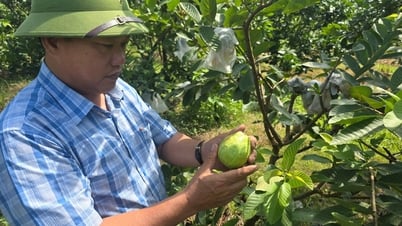




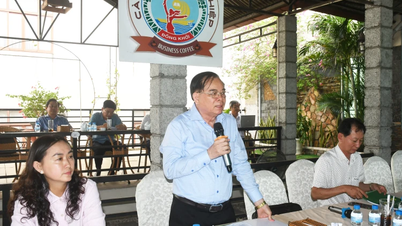





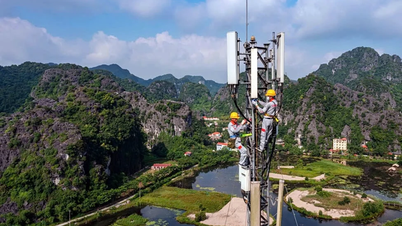

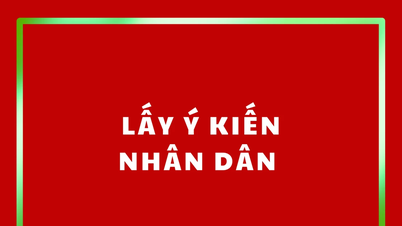






































































Comment (0)